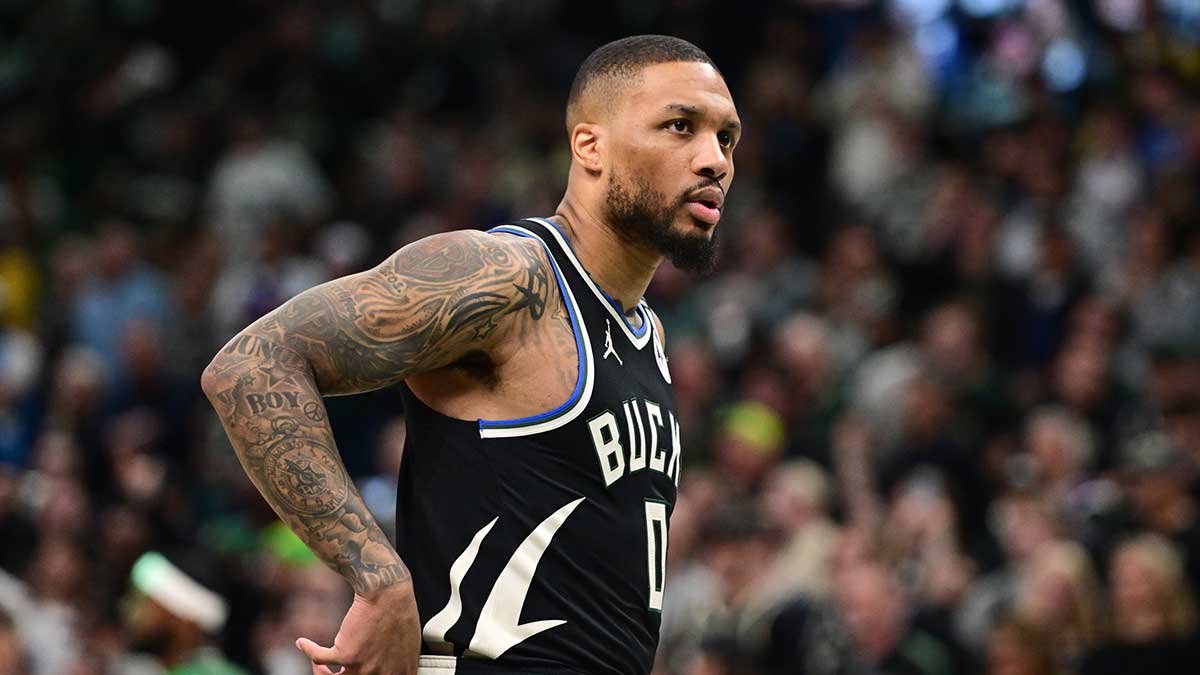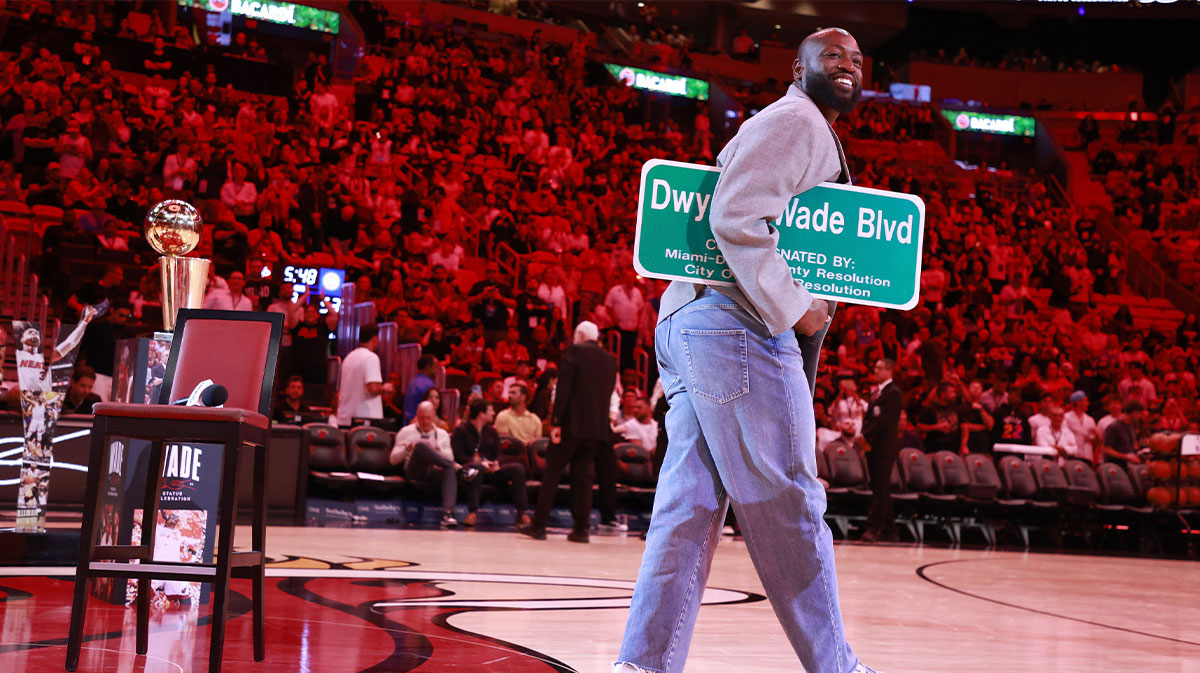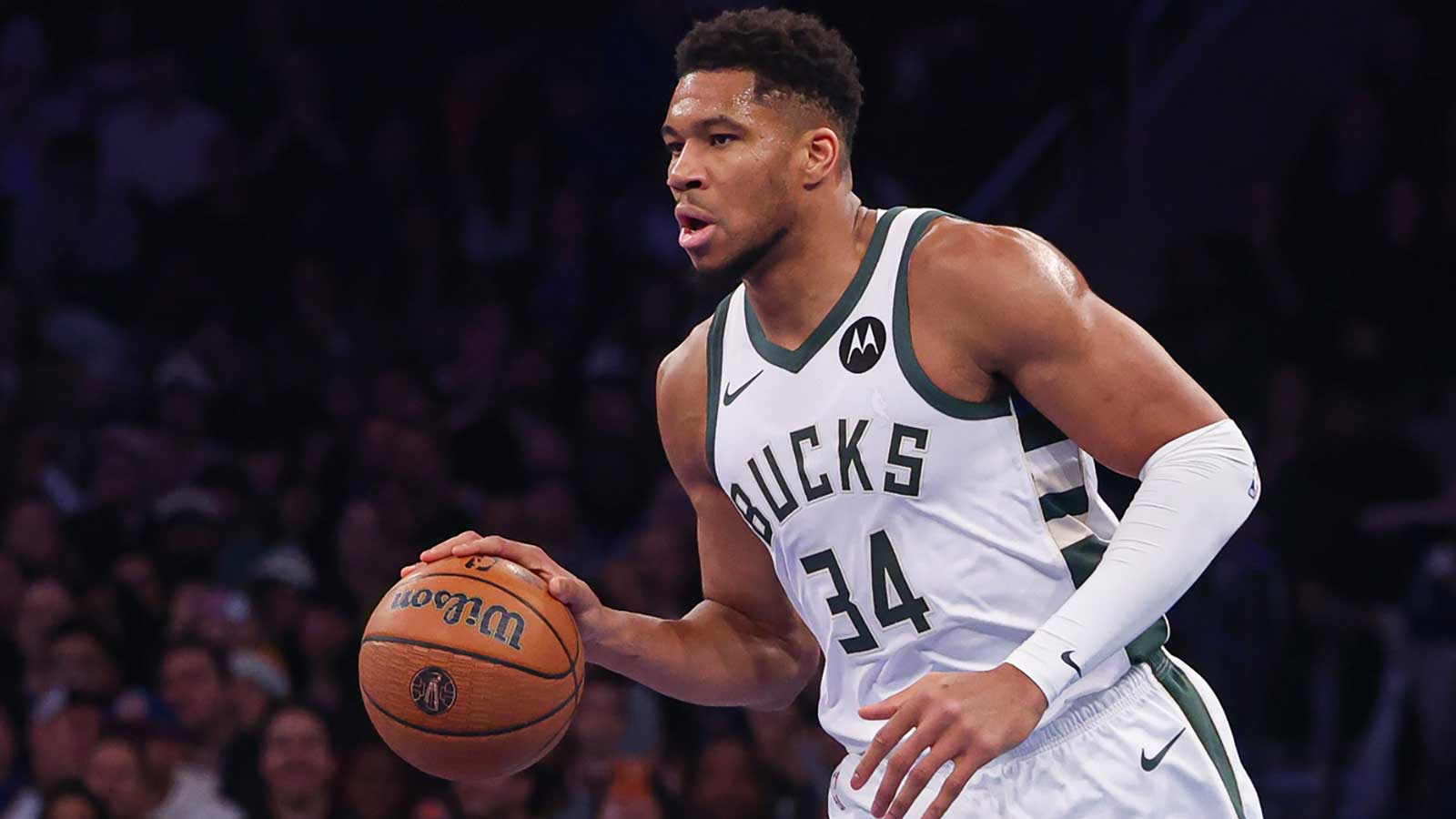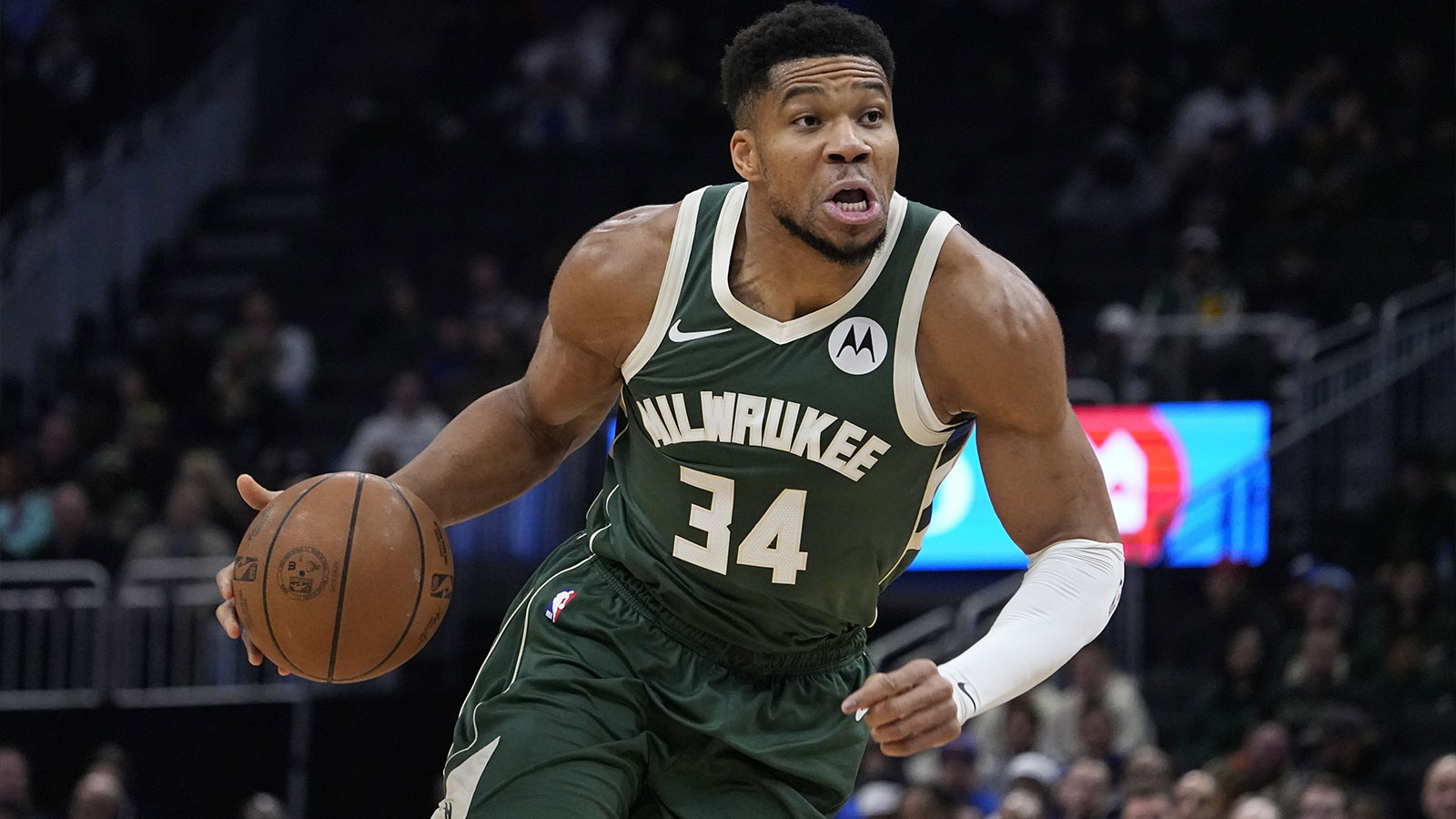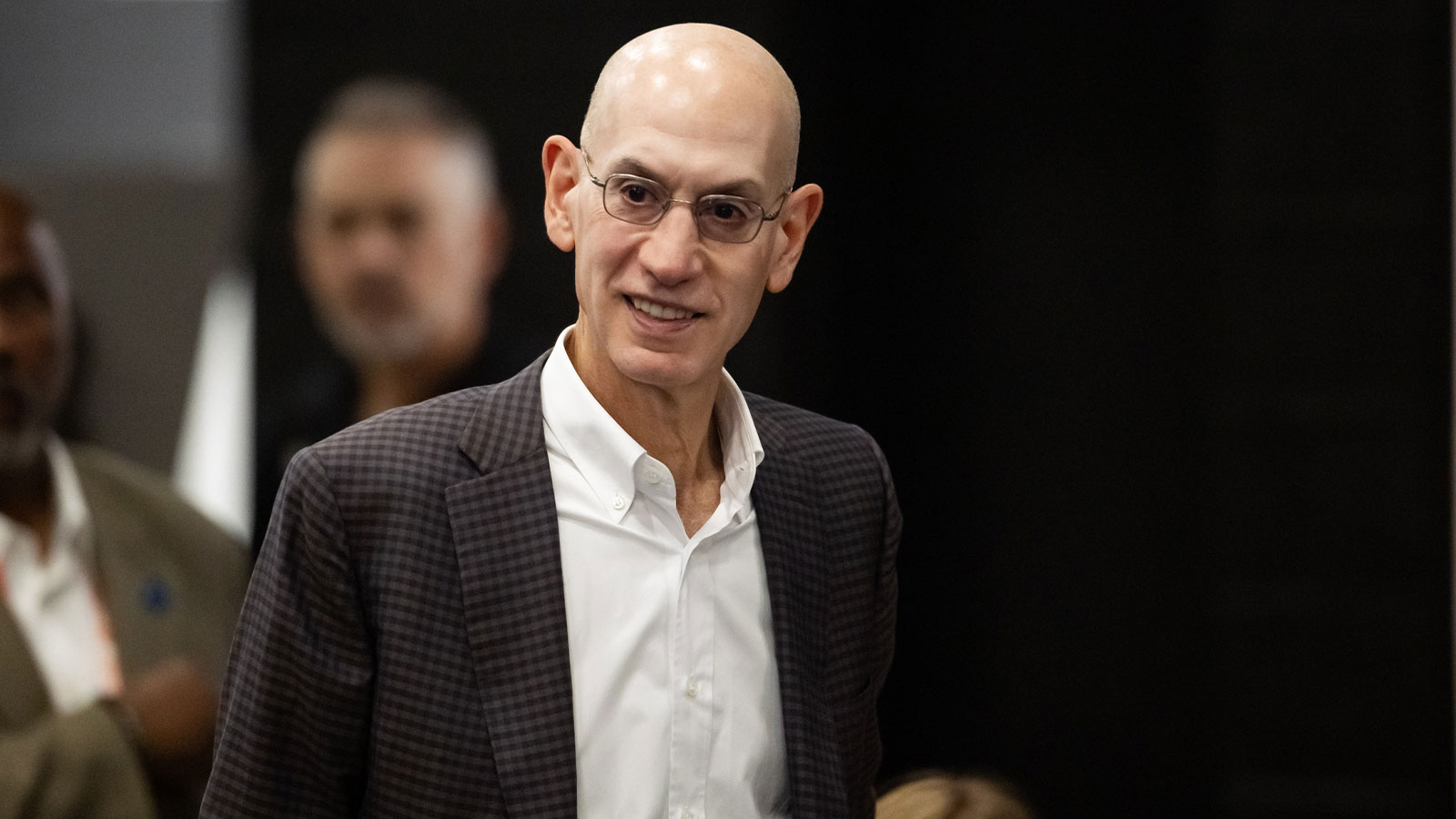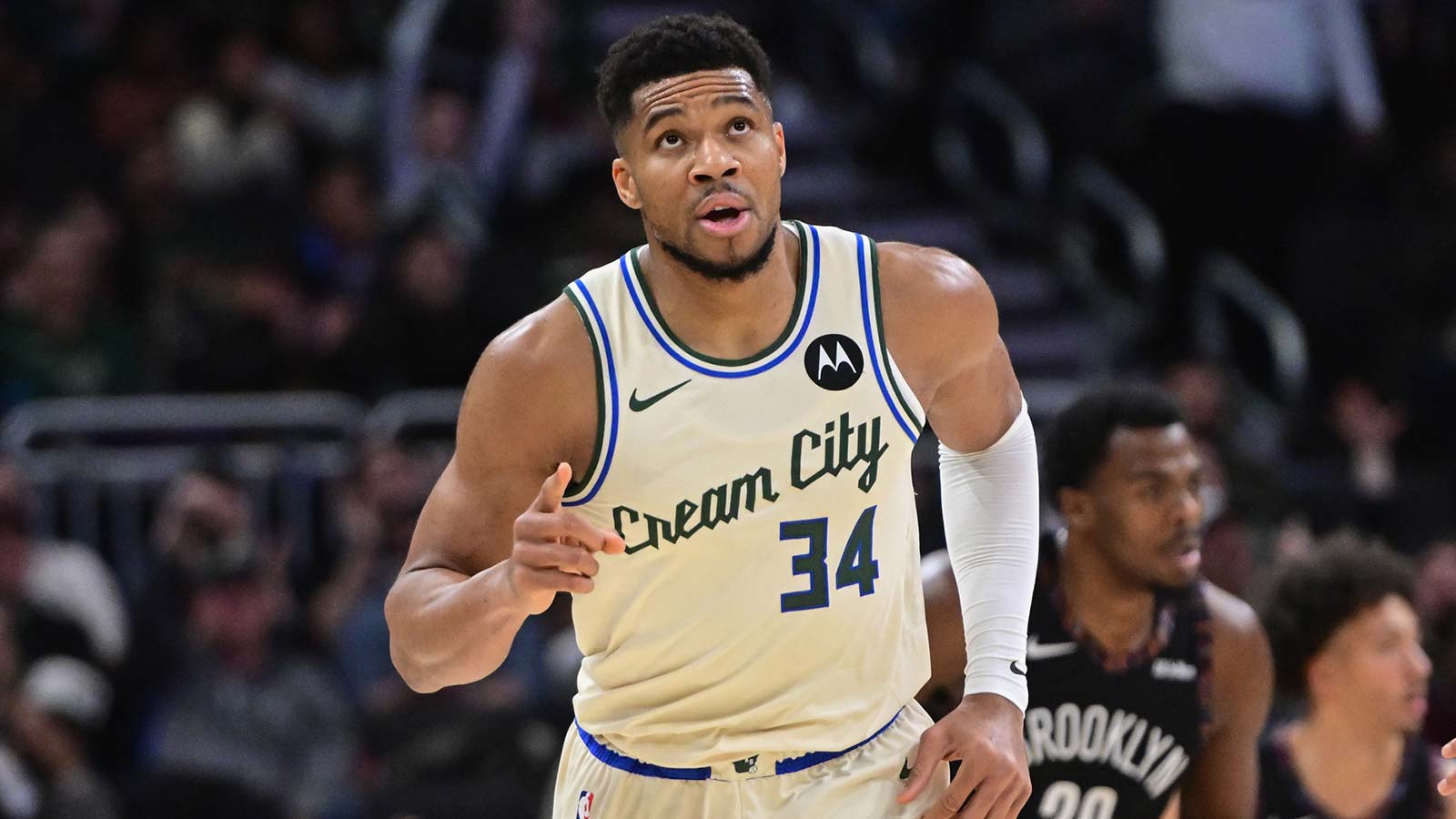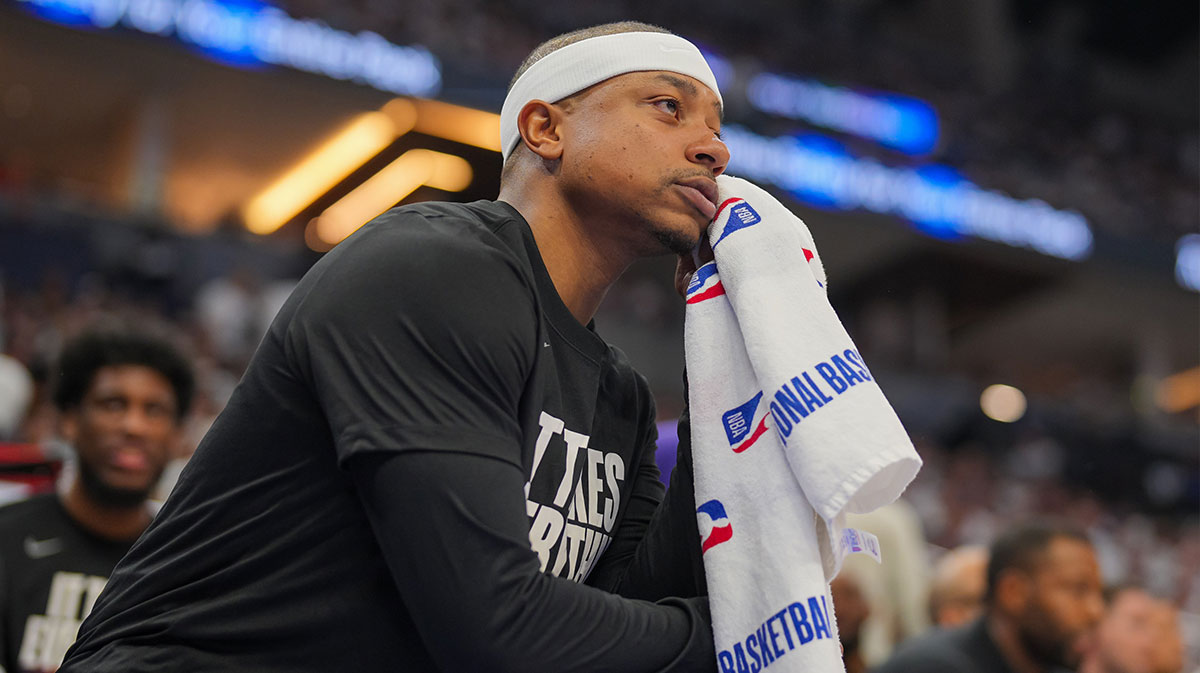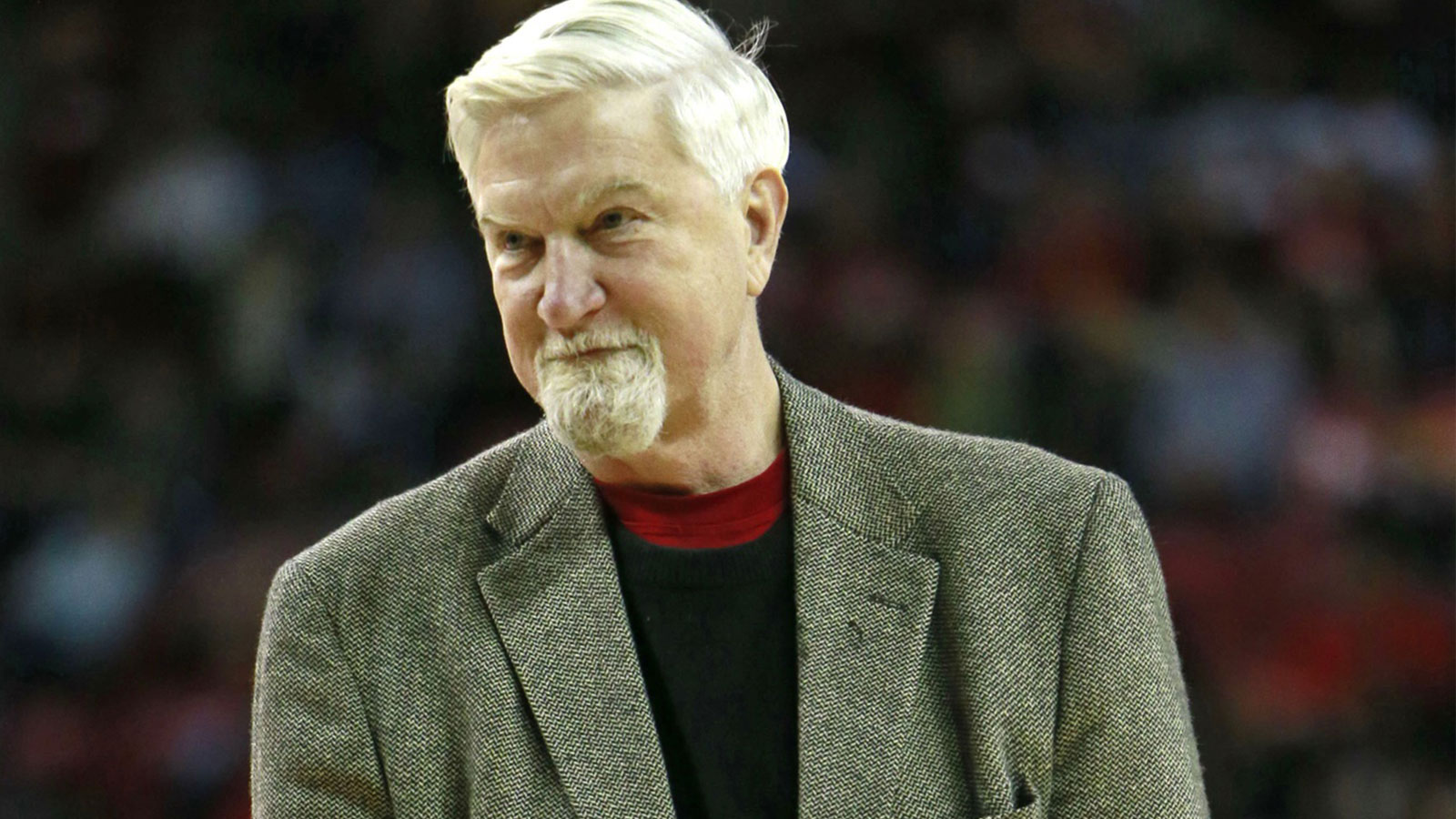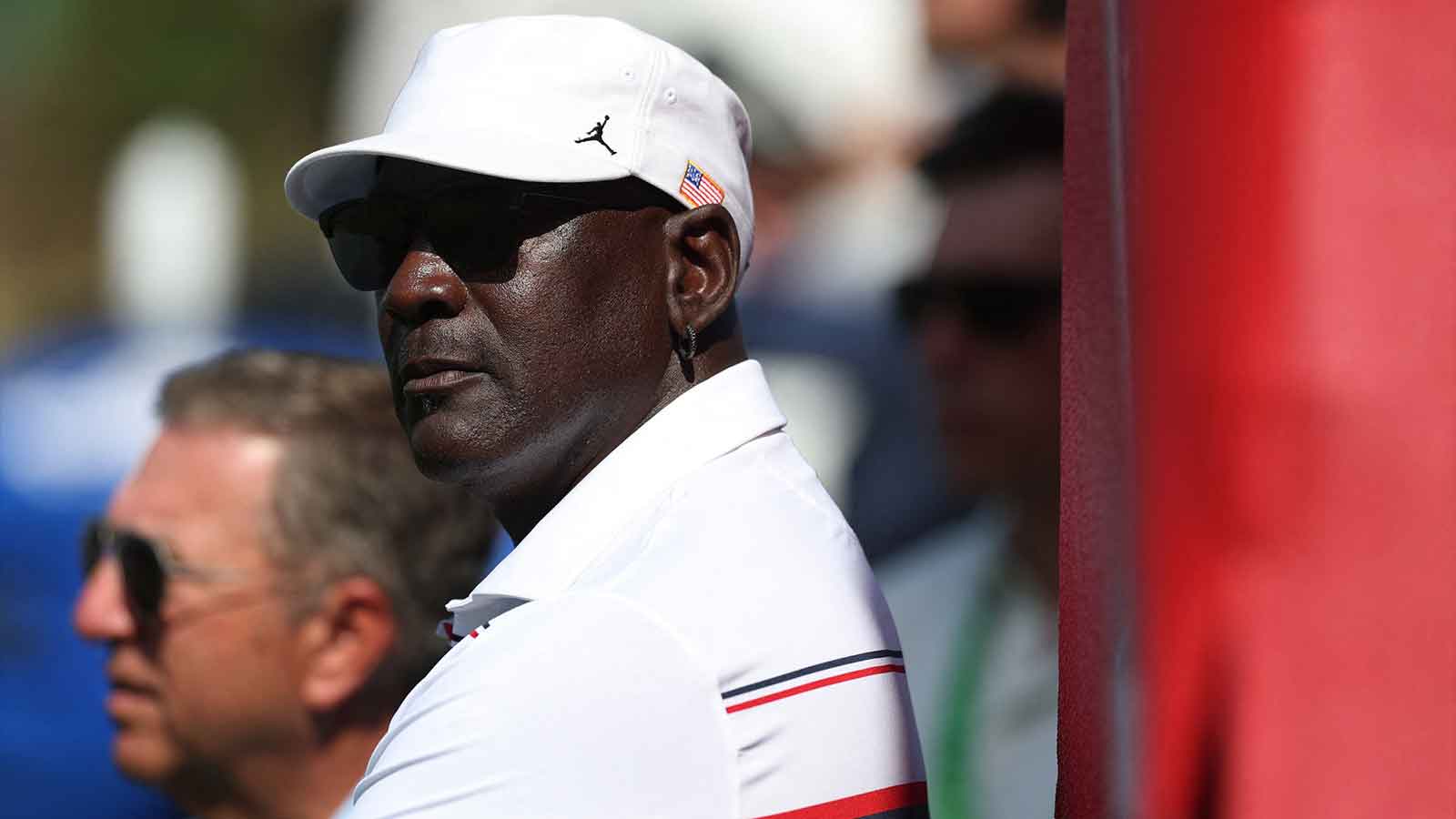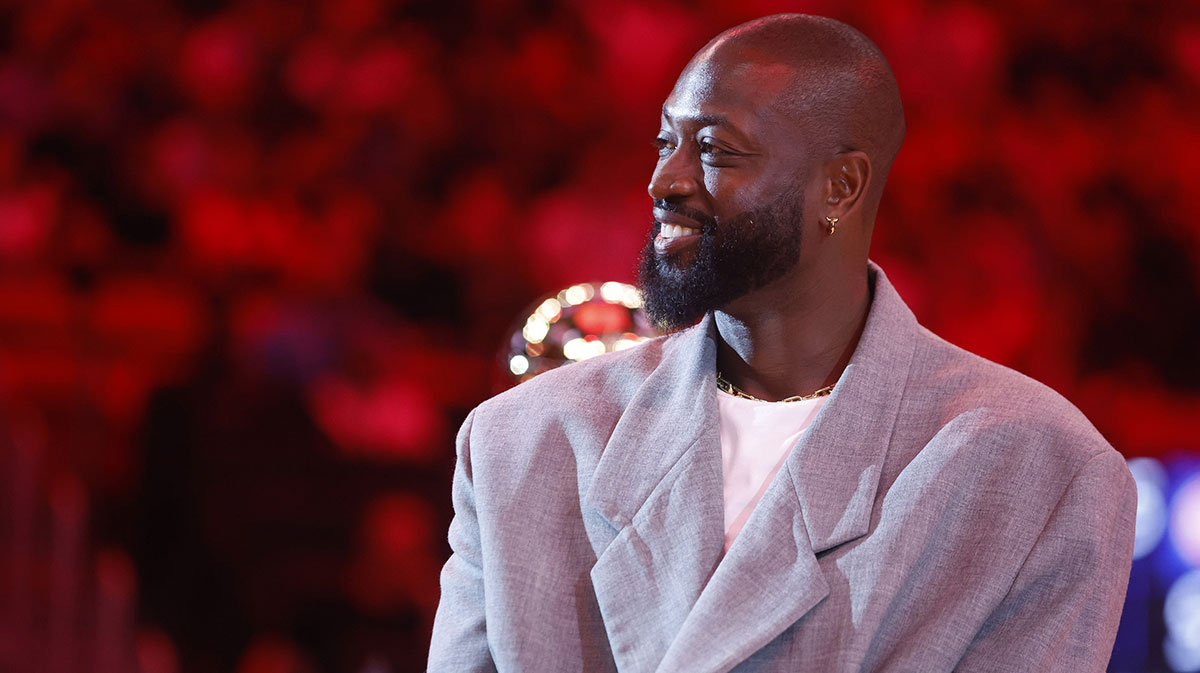Before Damian Lillard returned to the Trail Blazers in a move that warmed the hearts of Portland fans, there was real buzz around the NBA about a possible alternate path.
According to reports, there was mutual interest between Lillard and the Minnesota Timberwolves. While the deal never materialized, it opened up speculation on what could have been a game-changing addition for Minnesota.
Lillard has signed a three-year deal with Portland worth $42 million. The contract includes a player option and a rare no-trade clause. He will sit out the upcoming season to recover from a torn Achilles and plans to make his return in 2026.
For Portland, the return of their longtime franchise star marks the continuation of a story that began in 2012. Lillard was selected sixth overall by the Trail Blazers in the 2012 NBA Draft and spent 11 seasons there before his brief stint with Milwaukee. In his time with the Blazers, he became the team’s all-time leading scorer and one of the most electric players in the league.
Lillard’s career numbers speak volumes. He has averaged over 25 points, nearly 7 assists, and over 4 rebounds per game across more than a decade in the NBA. He has nine All-Star nods, multiple All-NBA honors, and remains one of the top three-point shooters in history. His leadership and scoring have made him one of the most respected players of his generation.
But for the Timberwolves, this was a missed opportunity. Minnesota has built a strong core around rising superstar Anthony Edwards. The team has reached deep playoff runs but continues to fall short of the Finals. Lillard could have been the veteran piece to push them over the top.
The Wolves lack a seasoned point guard who can manage crunch-time possessions and take over games when needed. Lillard has made a career of doing exactly that. His deep-range shooting would have opened the floor, giving their frontcourt more room to operate and providing better spacing for slashers like Edwards.
Beyond the numbers, Lillard, who just recently turned 35, brings something harder to measure. He has playoff poise, a fearless mentality, and a hunger for championships. His presence could have added a leadership layer that complemented the Timberwolves’ young roster.
Even while recovering from injury, Minnesota could have viewed the first year as an investment. The plan would be simple. Give Lillard the time to heal, then unleash him in the 2026 season with a healthy body and a rested mind, similar to what Portland will be doing. By then, Edwards and the team would have grown even more, setting the stage for a title run.
Financially, the Timberwolves might have structured a deal creatively. There were talks of veteran minimum options or absorbing a reworked salary, giving them cap flexibility while adding a superstar presence. It would not have required gutting their roster.
Instead, Lillard chose the familiar path. Returning to Rip City allows him to close his career where it started, surrounded by a city that embraced him from day one. It is a fitting homecoming for one of the most loyal players in the league.
Minnesota, meanwhile, moves forward without the marquee addition. The core remains intact, but the ceiling remains uncertain. The West is crowded with contenders, and the Wolves need every edge they can get.
Lillard in Minnesota may have been one of the league’s biggest what-ifs this offseason. The fit made sense, and the interest was real. And the impact could have been massive.
But for now, the Wolves remain a few pieces away from NBA championship contention. Lillard goes home, and Minnesota is left to wonder what might have been.

